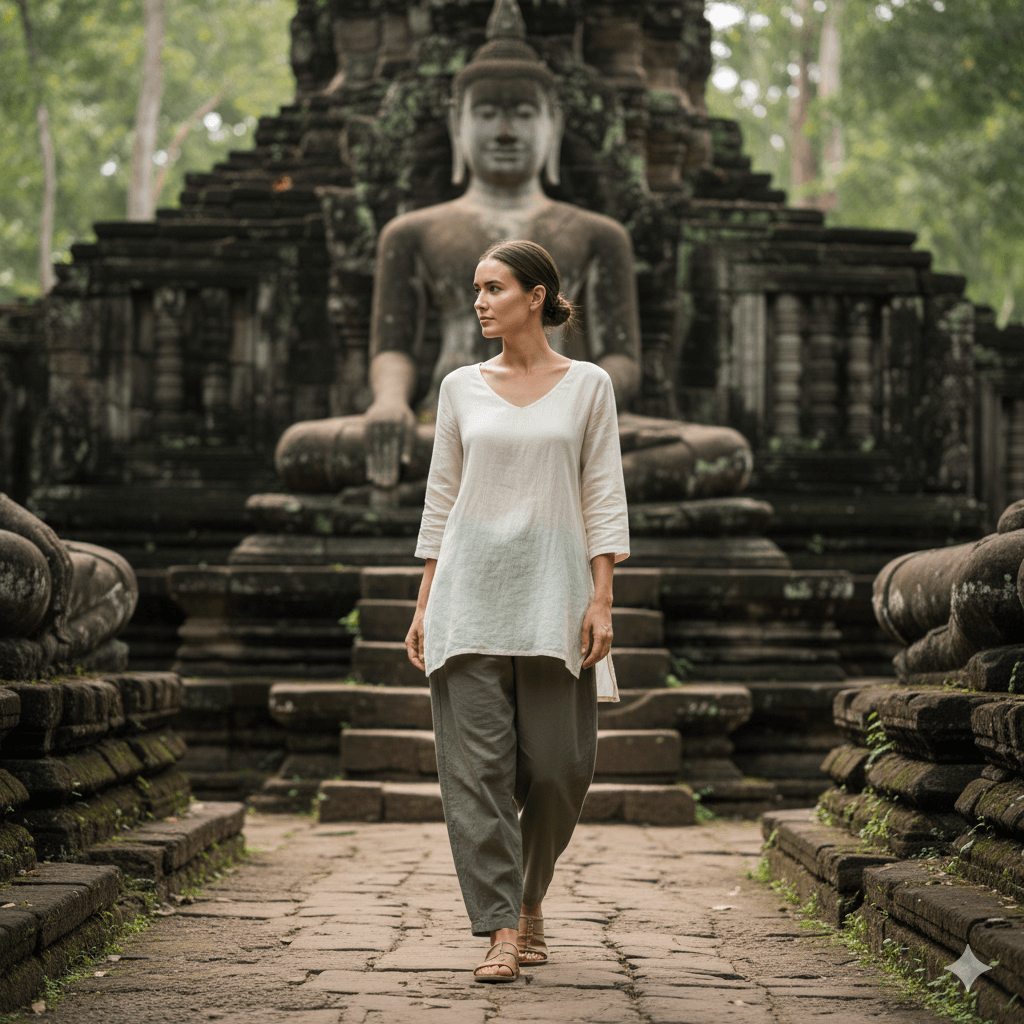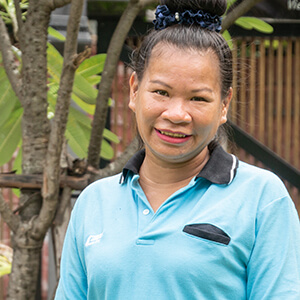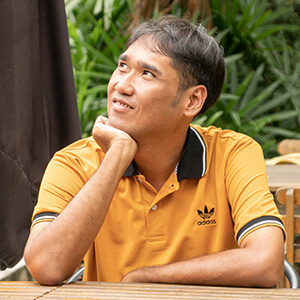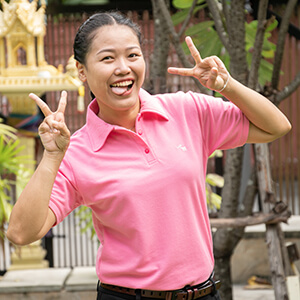When visiting Buddhist temples, especially in Thailand, women and men must follow specific dress codes that show respect for Buddhist culture and sacred spaces. Here’s everything you need to know about appropriate temple attire for women.

Essential Coverage Requirements for Women
Basic Rules for All Buddhist Temples
- Shoulders must be covered at all times
- Knees must be covered completely
- Avoid revealing or tight fitting clothing
- Remove shoes before entering temple buildings
Appropriate Clothing for Women at Buddhist Temples
Tops That Are Acceptable
- Long sleeved shirts or blouses (most conservative option)
- Short sleeved tops that cover shoulders completely
- Traditional Thai style tops like sabai or chut thai
- T-shirts with sleeves that extend to at least the elbows
Bottoms That Meet Dress Code Requirements
- Long pants that cover ankles (best for strict temples)
- Long skirts extending below the knees (for less strict temples)
- Modest dresses that cover knees and shoulders
- Traditional Thai fisherman pants (loose fitting and comfortable)
- Loose fitting trousers in breathable fabrics
What Women Should NOT Wear to Buddhist Temples
Prohibited Tops
- Tank tops or sleeveless shirts
- Crop tops or midriff-bearing clothing
- Low cut or revealing necklines
- Backless or strapless tops
- See-through fabrics
Inappropriate Bottoms
- Shorts above the knee
- Mini-skirts or short skirts
- Leggings or tight gym pants
- Capri pants (especially at stricter temples)
- Clothing with tears or holes
Temple Specific Dress Code Variations
Grand Palace & Wat Phra Kaew (Strictest Rules)
- Ankle length pants required
- No scarves as cover-ups for sleeveless tops
- Absolutely no tank tops or sleeveless clothing
- Guards enforce dress code at entrance
General Buddhist Temples (More Relaxed)
- Knee covering clothing acceptable
- Scarves allowed to cover shoulders over sleeveless tops
- Shorter pants okay if they cover knees
Practical Tips for Temple Visits
Climate Considerations
- Choose lightweight, breathable fabrics (cotton, linen, rayon)
- Wear light colored clothing to stay cool
- Avoid dark colors that absorb heat
- Thailand’s temperature ranges 33-40°C (95-110°F)
Footwear Recommendations
- Slip-on shoes or sandals for easy removal
- Comfortable walking shoes with good grip
- Avoid high heels or difficult to remove footwear
Accessories and Extras
- Remove hats and sunglasses inside temple buildings
- Keep jewelry minimal and understated
- Tie hair back neatly
- Bring a lightweight scarf for additional coverage if needed
Solutions for Inappropriate Attire
If You’re Underdressed
- Rent clothing at/near temples like the Grand Palace
- Buy appropriate clothing at nearby stalls
- Purchase sarongs or fisherman pants at local markets
Planning Ahead
- Pack temple appropriate clothes separately
- Consider hiring a guide who can help arrange clothing
- Research specific temple requirements before visiting
Cultural Etiquette for Women
Interacting with Monks
- Never touch monks or their robes
- Use respectful greetings (wai or nod)
- Place offerings down rather than handing directly
Proper Behavior in Temples
- Sit with feet pointed away from Buddha statues
- Maintain quiet, respectful demeanor
- Never point feet toward sacred objects
- Exit respectfully and avoid turning back to Buddha
Conclusion
Dressing appropriately for Buddhist temples shows respect for local culture and religious traditions. The key is modest coverage of shoulders and knees, comfortable fabrics suitable for Thailand’s climate, and easily removable footwear. When in doubt, err on the side of being more conservative, especially at major temples like the Grand Palace.
Remember that temple dress codes exist to maintain the sacred atmosphere of these spiritual spaces. By following these guidelines, you’ll ensure a respectful and comfortable temple visit while honoring Buddhist customs and Thai culture.








